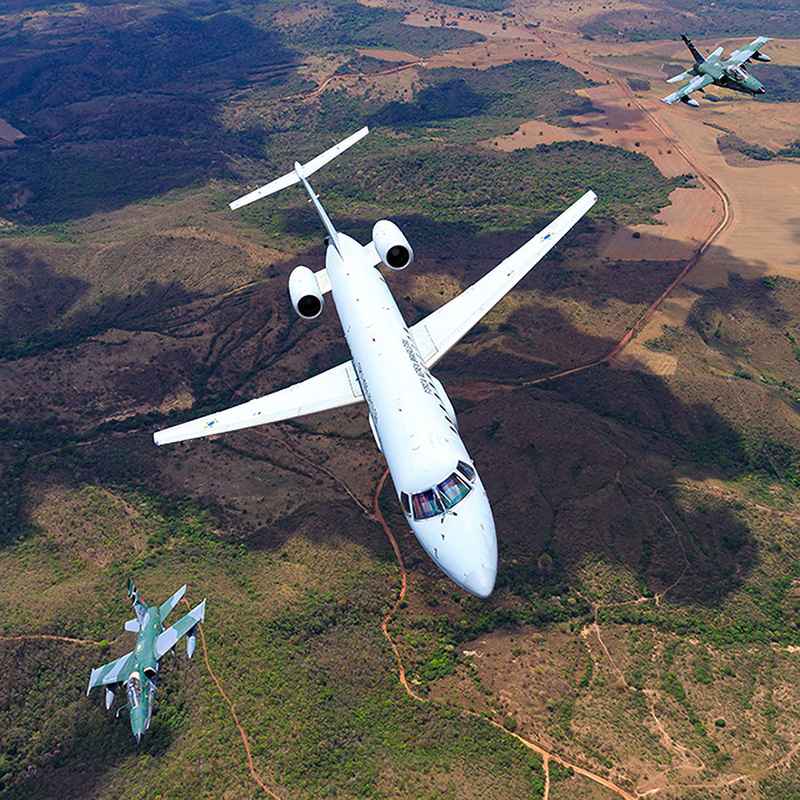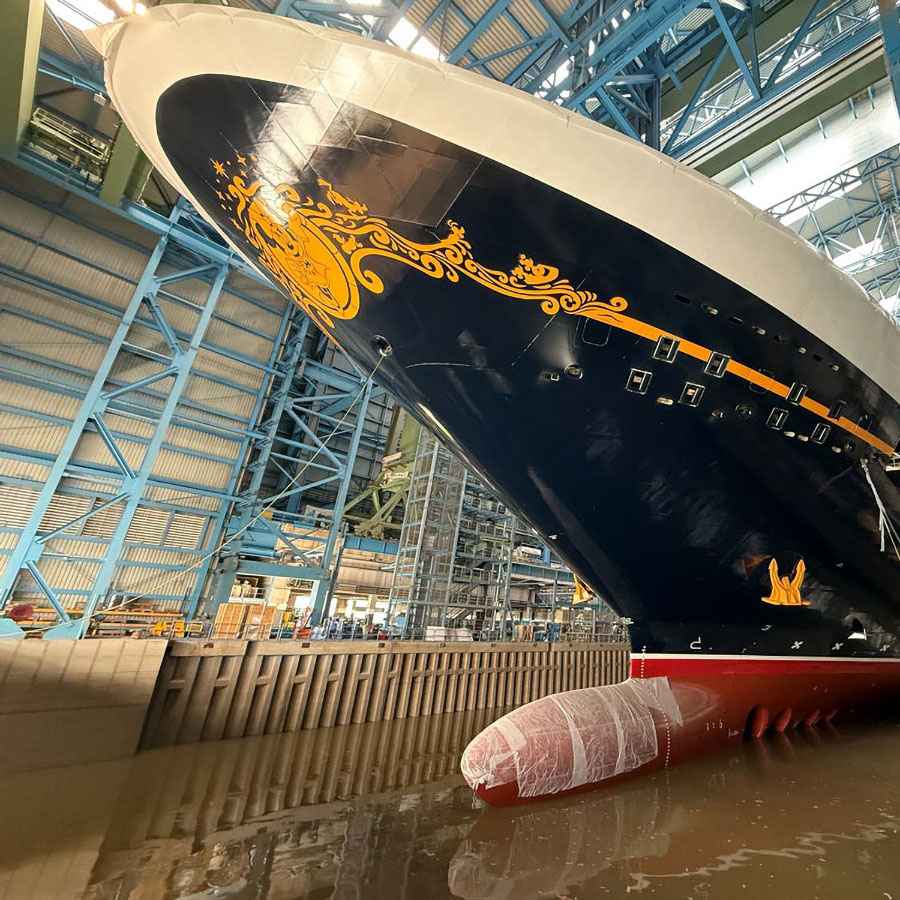
A Dream Warning That Could Reshape History
In the realm of prophecy, few individuals have shaken the world with predictions that later proved eerily accurate. One such person is Ryo Tatsuki, a former Japanese manga artist whose book, “The Future I Saw,” contains visions of catastrophic events she claims to have foreseen in her dreams.
The Beginning: Visions Through Dreams
Tatsuki began recording her dreams in the 1980s. In 1999, she published a manga compilation that stunned readers with its detailed forecasts, including:
The death of Freddie Mercury in 1991
The 1995 Kobe earthquake
The 2011 Tōhoku tsunami and Fukushima disaster
Each of these events occurred years after her dreams were documented.
The 2025 Warning: A Mega-Disaster from the Sea
Perhaps the most chilling prediction from Tatsuki focuses on July 2025. In her dream, she saw:
“The sea bubbling violently… something moving beneath the ocean floor.”
She warns that this could signal a massive underwater volcanic eruption or a major undersea earthquake, triggering a tsunami three times more powerful than the one in 2011.
Likely Impact Zones:
Southern Japan
The Philippines
Taiwan
Indonesia
Scientific Perspective: What Are the Odds?
While geologists and seismologists have not yet identified any concrete warning signs, Japan sits on the Pacific Ring of Fire, one of the most seismically active zones in the world.
Particularly concerning is the Nankai Trough, an underwater fault line capable of producing quakes large enough to trigger tsunamis over 30 meters high.
Strategic Implications: Preparedness Is Key
Tatsuki’s prophecy raises critical questions for governments, businesses, and communities:
Are we truly prepared for a worst-case scenario?
Can our infrastructure withstand such force?
Do travel and logistics industries have reliable emergency protocols in place?
Final Thoughts: Ignore at Your Own Risk
Whether or not one believes in prophetic dreams, Tatsuki’s record of accurate foresight urges caution. Proactive planning, robust warning systems, and public readiness can dramatically reduce casualties and damage.








